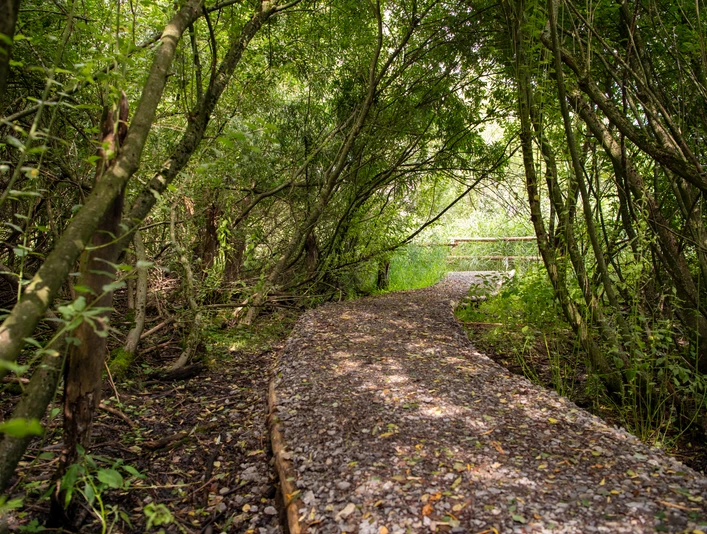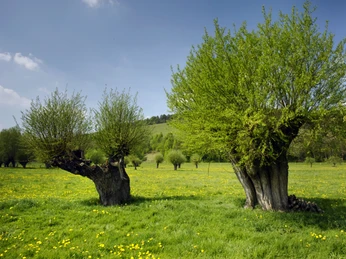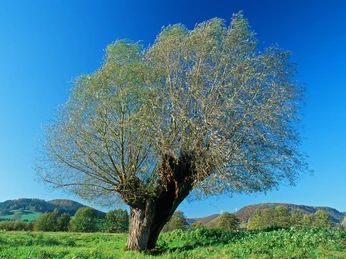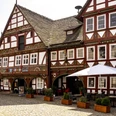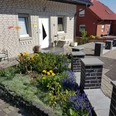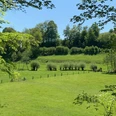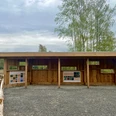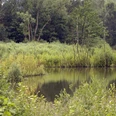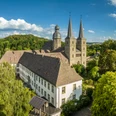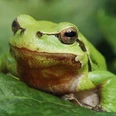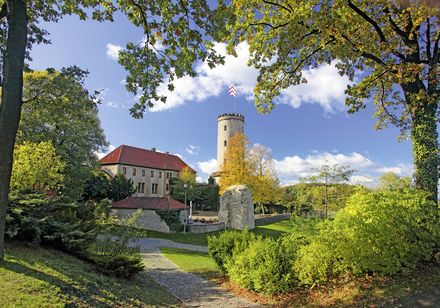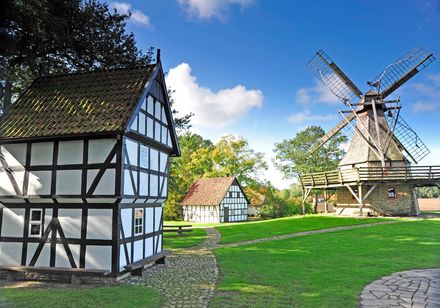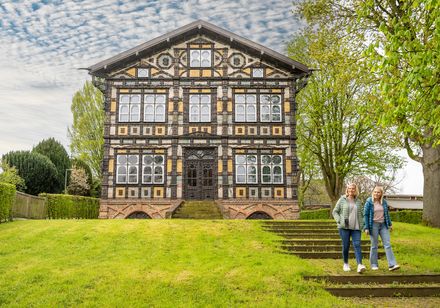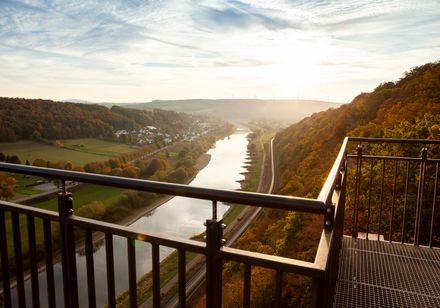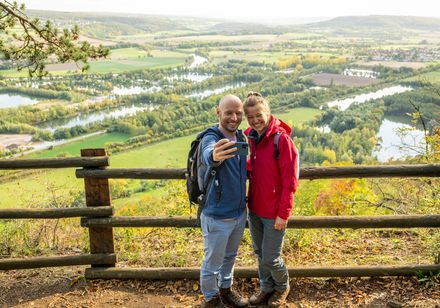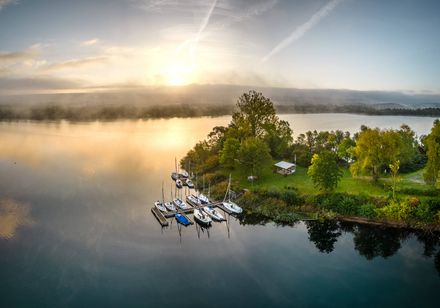At 1 to 1.5 millimetres in length, willow seeds are probably the smallest native woody plant seeds. A crown of hairs enables them to be dispersed by the wind over long distances. Due to its small size, the willow seed is only very poorly equipped with nutrients for the seedling. The young plant is left to its own devices and is very susceptible to drying out or competition for light and nutrients from other plants - it has no chance in densely overgrown areas. Willows are therefore very much pioneer plants. By spreading their seeds over long distances, they are able to quickly colonise even remote, vegetation-free areas. As a willow produces several hundred thousand seeds every year, it is guaranteed that such suitable habitats will be colonised by a sufficient number of seeds. It is no wonder that the woodland in the clay pit is dominated by willows. There are also birches and poplars, which have a similar dispersal strategy.
Good to know
Payment methods
Entrance Free
License (master data)
Frank Grawe Landschaftsstation im Kreis Höxter e.V.
Nearby
